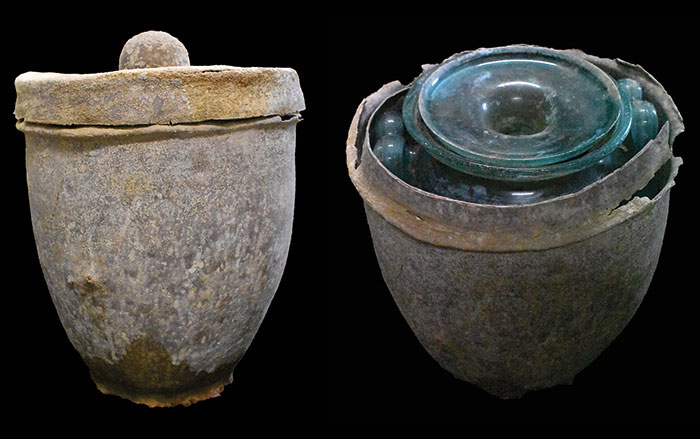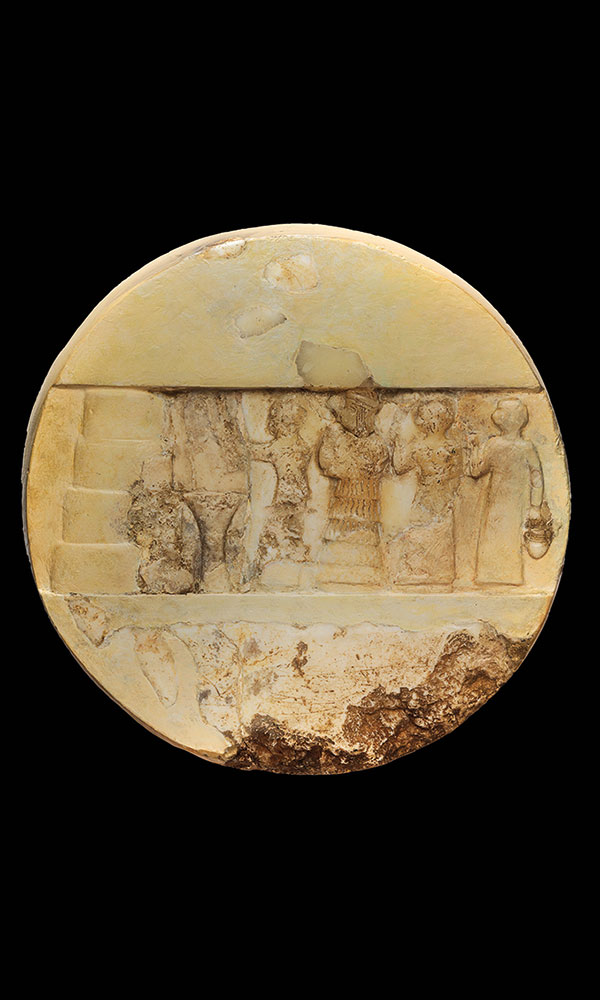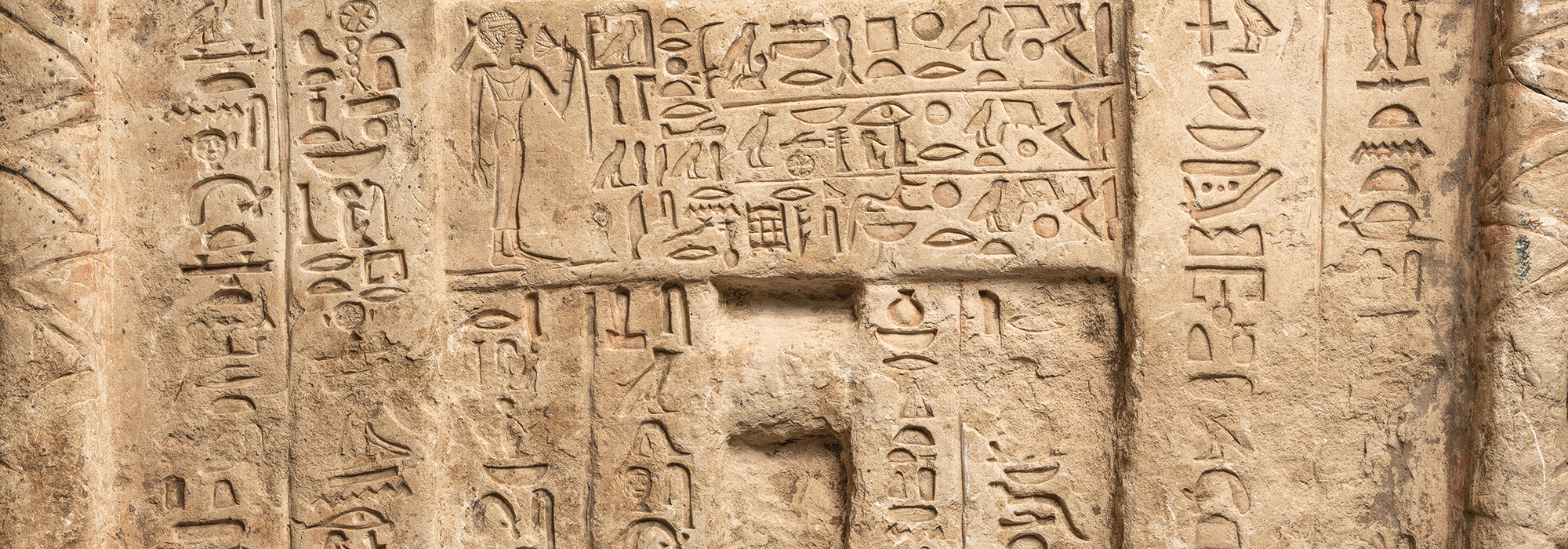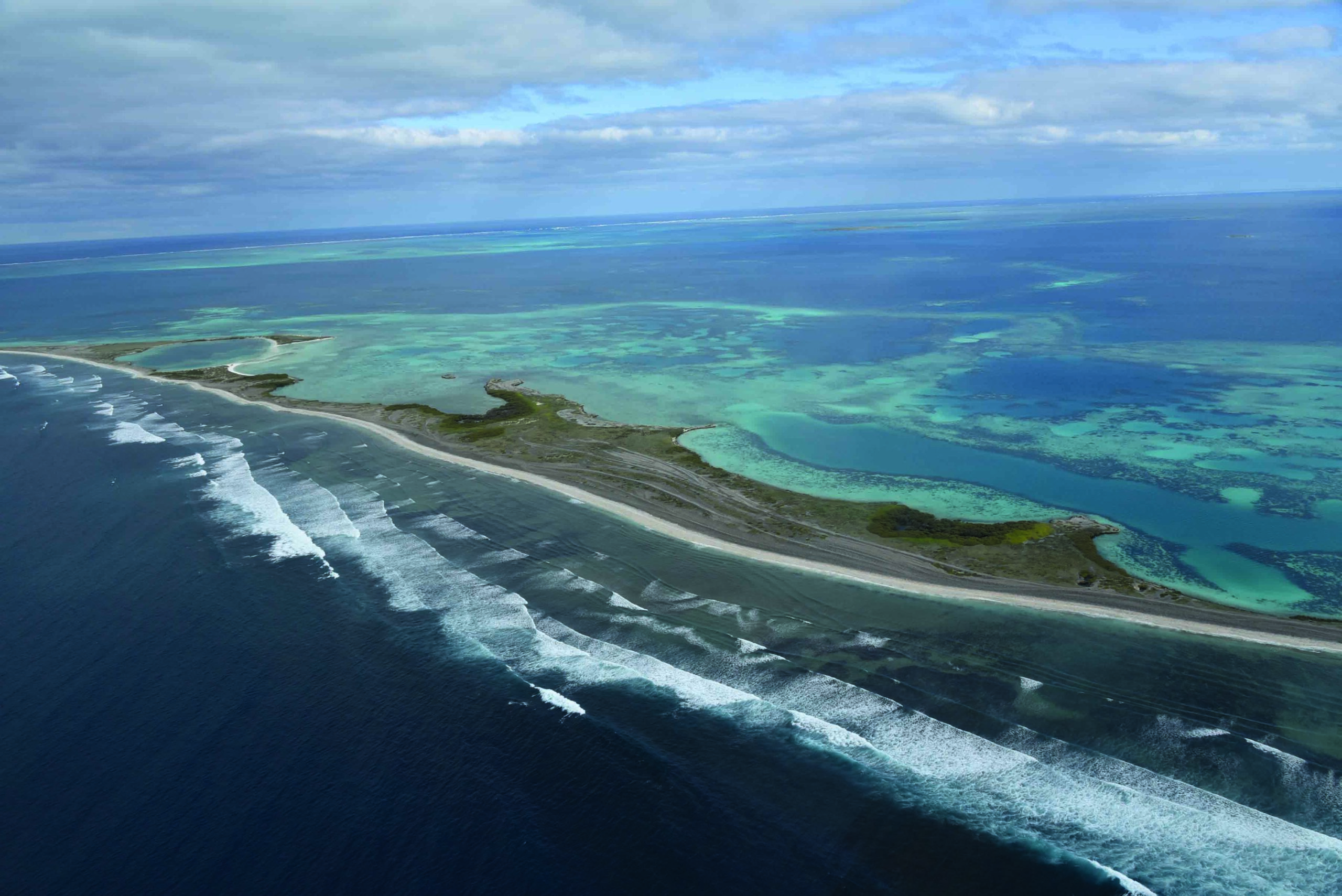
MADRID, SPAIN—According to a CNN report, Victor Díaz Núñez de Arenas of the Complutense University of Madrid and his colleagues suggest that 5,000-year-old pieces of slate engraved with images of owls, which are found in tombs and dwelling sites across Spain and Portugal, may have been made by children. It had been previously thought that the owl plaques served a ritual purpose, but Díaz Núñez de Arenas explained that many of them have been found without a clear ritual context, and many have an informal appearance. He and his colleagues documented the traits of owls depicted on 100 of the plaques, such as tufts of feathers, feather patterns, beak, wings, and a flat facial disk. They then compared what they recorded on the ancient owls with 100 drawings created by children in an elementary school in southwestern Spain. “The similarity of these plaques with the drawings made by children of our days is very remarkable,” Díaz Núñez de Arenas concluded, adding that prehistoric children may have used perforations in the plaques to insert real feathers. The practice of engraving owl plaques may have been used to teach children needed tool-making skills, and may have allowed them to contribute to ceremonies for the dead, he added. Read the original scholarly article about this research in Scientific Reports. To read about a Roman owl brooch unearthed in Denmark, go to "A Rare Bird."











